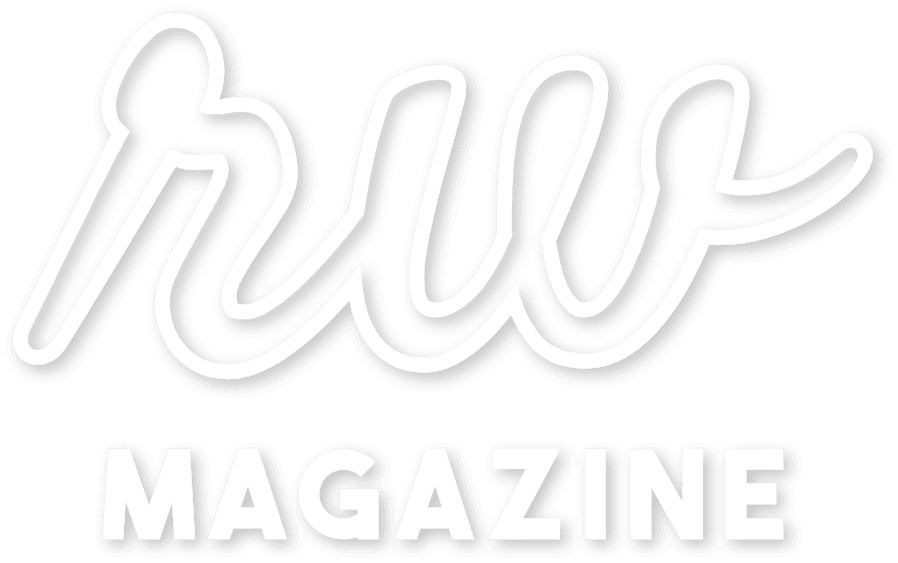Dream Patterns Signal Growing Economic Anxiety in Shifting Labour Market

As unemployment continues to shape the experiences and aspirations of individuals across the UK, new evidence suggests its effects reach much further than finances or daily routines. An emerging trend in psychological research reveals that periods of unemployment are subtly yet profoundly reshaping the way people dream, changing both the content and quality of their subconscious worlds.
In an era marked by economic uncertainty and widespread job losses, the intimate connection between work, identity and mental wellbeing is thrown into sharp relief. Now, with researchers drawing on thousands of dream reports to map collective responses to employment disruption, it becomes clear that our nighttime narratives may hold powerful clues to the pressures and possibilities shaping modern life.
Nighttime Narratives: What Unemployment Reveals About the Mind
According to a new study published in the journal Dreaming, the influence of unemployment extends beyond conscious worry to alter the structure and substance of dreams themselves. The research, led by organisational psychologist Dr Emily Cook and technologist Kyle Napierkowski of the Center for Organizational Dreaming, analysed a remarkable 6,478 dream descriptions submitted by individuals experiencing job loss. When compared with a control group, the findings uncovered consistent patterns: dreams in times of unemployment became less vivid, less surprising and were more likely to centre on former work roles or outdated job tasks.
Rather than relying on surveys or interviews, the study captured spontaneous descriptions of dreaming, revealing that unemployed people more often relived work scenarios or imagined themselves navigating surreal, old workplaces. These dreams lacked the visual depth and narrative twists found in those of their employed counterparts – instead, they unfolded in vague locations and rarely featured unexpected developments. This suggests a subtle, psychological withdrawal: emotional and cognitive engagement gives way to a more flattened dream experience, echoing the sense of detachment that often accompanies prolonged joblessness.
The Emotional Toll: Measuring Strain Through Dreams
Several key trends emerged from the data. Notably, unemployed dreamers referenced work with greater frequency, reporting phantom tasks, absent colleagues and returns to previous employment settings. Visual references dwindled, as did moments of surprise or narrative change, indicating a drift towards repetitiveness and restraint. Such patterns provide new perspective on how economic stress expresses itself unconsciously, complementing established knowledge about unemployment’s impact on wellbeing.

Dreams can register shifts in mental state before people articulate them. They’re a quiet, passive signal of how major life changes—like job loss—are really being processed.”
— Dr Emily Cook
Importantly, the study challenges the common assumption that dreams are inherently chaotic or symbolic. Instead, dreams emerge as structured responses to specific life circumstances, acting as an involuntary canvas for stress, disengagement and unresolved emotion. The aggregate analysis of dream content may thus serve as a refined marker of psychological strain – one that could surface vulnerabilities otherwise missed by standard wellbeing surveys or productivity assessments.
Reading Between The Lines: What Dream Analysis Tells Us About Society
These insights arrive at a time of renewed interest in alternative metrics for tracking mental health. As workplace wellbeing grows in urgency – with rising numbers of workers facing instability or burnout – traditional metrics are being supplemented by what researchers describe as passive, unfiltered data streams. Dream content, sourced anonymously from public online forums and analysed via machine learning, represents a strikingly raw snapshot of collective mood during challenging times.
This approach reflects a broader movement towards understanding psychological states through less conventional means. The study led by the Center for Organizational Dreaming builds on continuity theory, the principle that dream content mirrors waking experience. However, it moves further by showing that disruptions such as unemployment not only determine what we think about but also limit how flexibly and richly we imagine and process our lives. Economic insecurity curtails the mind’s ability to wander, reflect and reinvent – effects that often go unspoken during the day but play out vividly at night.
Complementary Research and Rising Awareness
The findings align with recent studies linking unemployment to mental health difficulties, where sustained joblessness has been observed to drive anxiety, depression and diminished self-worth. As the UK faces cyclic layoffs and economic shifts, such research offers a lens to appreciate the less-visible costs of instability. Furthermore, initiatives tracking mood and behaviour more holistically – from digital mental health tools to real-time analytics – highlight the emergence of a new behavioural science frontier. Interest in dream analysis dovetails with calls for more compassionate, nuanced approaches to wellbeing, underlining the need to address the totality of human experience during economic shocks.
What This Means for Women’s Wellbeing and Empowerment
The detailed analysis of dream patterns underscores the value of tuning into subtle, often overlooked signals of distress – especially for women navigating the unique challenges of unemployment. Emotional withdrawal, as seen in the muted, repetitive dreams described in the research, may point to coping strategies that focus on self-protection rather than aspiration. For women who carry disproportionate burdens in times of job loss – whether through increased caregiving or social stigma – understanding these internal shifts is a step towards greater self-awareness and collective support.
The study’s emphasis on narrative richness resonates deeply: the ability to experience surprise, creativity and emotional shifts in dreams reflects psychological flexibility, a quality integral to resilience. Investing in wellbeing must therefore involve more than tracking symptoms or productivity – it requires fostering environments where imagination and hope are not cornered by anxiety, but given space to flourish, even in uncertainty.
Looking Ahead: Rethinking Metrics of Wellbeing
As organisations and communities seek refined ways to support people through economic adversity, the growing attention to dream data could inspire more dignified, empathetic approaches to measuring wellbeing. It suggests that the true cost of unemployment is not only found in lost incomes or output but in the quiet constriction of the psyche – a reality that calls for compassionate policy, supportive networks and holistic methods. By bringing the hidden world of dreams into the conversation, researchers and wellbeing advocates alike open new avenues for understanding what it means to thrive, even when circumstances falter.
The full research paper, ‘The Impact of Unemployment on Dream Content’, is available to read for free on the Center for Organizational Dreaming website and continues to shape discourse on the relationship between economic insecurity and mental health. As evidence accumulates and methods for analysis become more refined, the hope is for a future where every facet of wellbeing – waking and dreaming alike – is valued, protected and nurtured.




